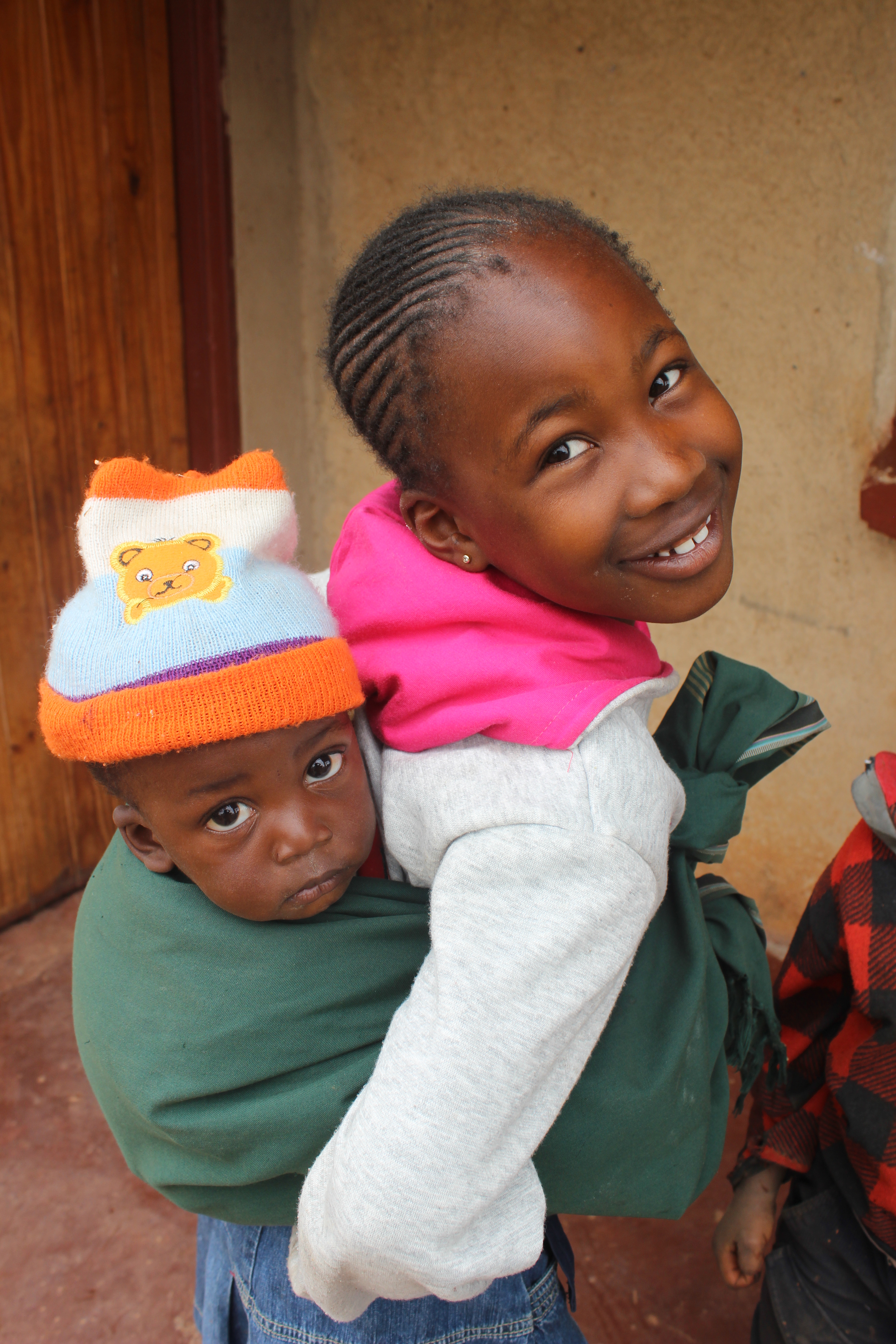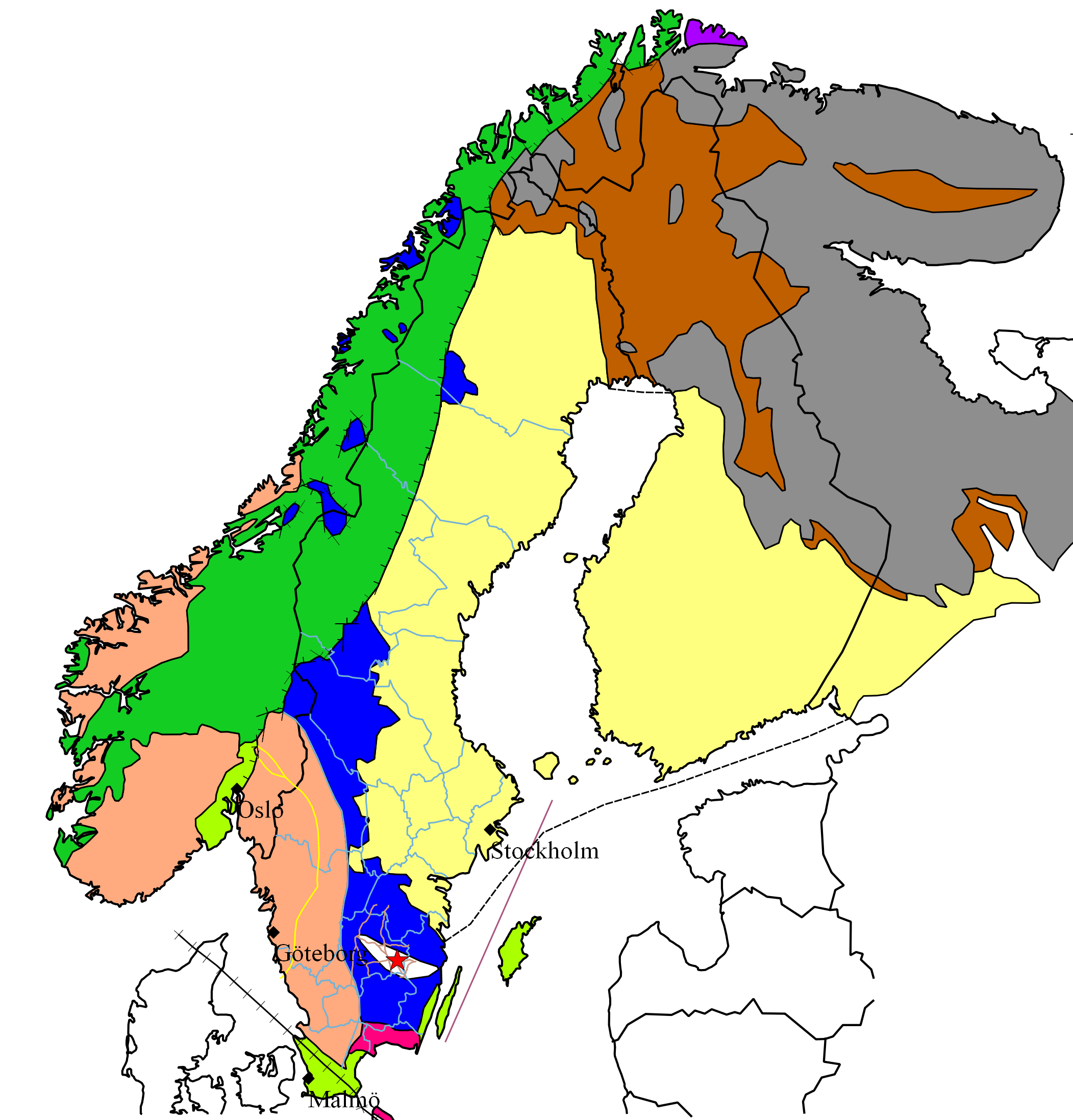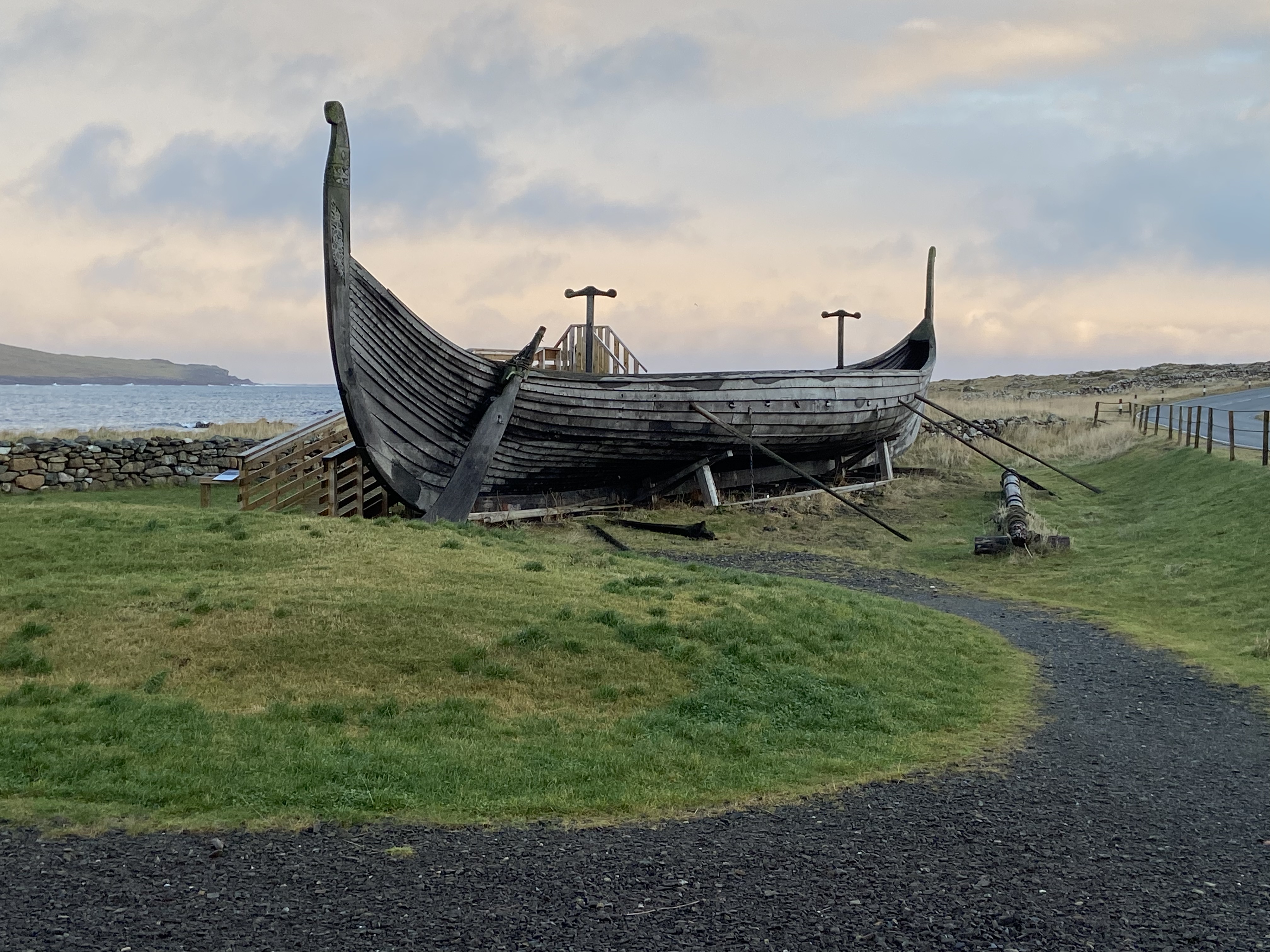|
Snorri Sturlason
Snorri Sturluson ( ; ; 1179 – 22 September 1241) was an Icelandic historian, poet, and politician. He was elected twice as lawspeaker of the Icelandic parliament, the Althing. He is commonly thought to have authored or compiled portions of the ''Prose Edda'', which is a major source for what is today known about Norse mythology and alliterative verse, and , a history of the Norse kings that begins with legendary material in ''Ynglinga saga'' and moves through to early medieval Scandinavian history. For stylistic and methodological reasons, Snorri is often taken to be the author of ''Egil's Saga''. He was assassinated in 1241 by men claiming to be agents of the King of Norway. Biography Early life Snorri Sturluson was born in (commonly transliterated as Hvamm or Hvammr) as a member of the wealthy and powerful Sturlungar clan of the Icelandic Commonwealth, in AD 1179. His parents were Sturla Þórðarson the Elder of Hvammur (also known as Hvamm-Sturla) and his second wi ... [...More Info...] [...Related Items...] OR: [Wikipedia] [Google] [Baidu] |
Christian Krohg
Christian Krohg (13 August 1852 – 16 October 1925) was a Norwegian naturalist painter, illustrator, author and journalist. Krohg was inspired by the realism art movement and often chose motifs from everyday life. He was the director and served as the first professor at the Norwegian Academy of Arts from 1909 to 1925. Biography Christian Krohg was born at Vestre Aker (now Oslo), Norway. He was one of five children born to Georg Anton Krohg (1817–1873) and Sophie Amalia Holst (1822–1861). He was a grandson of Christian Krohg (1777–1828) who had served as a government minister. His father was a civil servant, journalist and author. His mother died when he was only 8 years old, and his father's sister took over responsibility for the household and the upbringing of the children. From 1861, he attended Hartvig Nissen School. His father had asked him to pursue a legal career. Krohg studied law at the University of Oslo (then Christiania) graduating cand.jur. in 1873 ... [...More Info...] [...Related Items...] OR: [Wikipedia] [Google] [Baidu] |
Icelandic Name
Icelandic names are names used by people from Iceland. Icelandic surnames are different from most other naming systems in the modern Western world in that they are patronymic or occasionally matronymic: they indicate the father (or mother) of the child and not the historic family lineage. Iceland shares a common cultural heritage with the Scandinavian countries of Denmark, Norway, and Sweden. Unlike these countries, Icelanders have continued to use their traditional name system, which was formerly used in most of Northern Europe. The Icelandic system is thus not based on family names (although some people do have family names and might use both systems). Generally, a person's last name indicates the first name of their father (patronymic) or in some cases mother (matronymic) in the genitive, followed by ("son") or ("daughter"). Some family names exist in Iceland, most commonly adaptations from last names Icelanders adopted when living abroad, usually in Denmark. Notable Ic ... [...More Info...] [...Related Items...] OR: [Wikipedia] [Google] [Baidu] |
Odin
Odin (; from ) is a widely revered god in Norse mythology and Germanic paganism. Most surviving information on Odin comes from Norse mythology, but he figures prominently in the recorded history of Northern Europe. This includes the Roman Empire's partial occupation of Germania ( BCE), the Migration Period (4th–6th centuries CE) and the Viking Age (8th–11th centuries CE). Consequently, Odin has hundreds of names and titles. Several of these stem from the reconstructed Proto-Germanic theonym ''Wōðanaz'', meaning "lord of frenzy" or "leader of the possessed", which may relate to the god's strong association with poetry. Most mythological stories about Odin survive from the 13th-century ''Prose Edda'' and an earlier collection of Old Norse poems, the ''Poetic Edda'', along with other Old Norse items like '' Ynglinga saga''. The ''Prose Edda'' and other sources depict Odin as the head of the pantheon, sometimes called the Æsir, and bearing a spear and a ring. Wid ... [...More Info...] [...Related Items...] OR: [Wikipedia] [Google] [Baidu] |
Oddi
Oddi ( Icelandic: ) is a small village and church at Rangárvellir in Rangárvallasýsla, Iceland. Oddi at Rangárvellir was a cultural and learning center in South Iceland during the Middle Ages. There has been a church at Oddi since the introduction of Christianity. The current church at Oddi dates from 1924. For centuries, Oddi (Old Norse: ) was the central home of the powerful family, Oddaverjar. The two best known leaders in Oddi were Sæmundur Sigfússon the Learned (1056–1133) and his grandson Jón Loftsson (1124–1197). The historian Snorri Sturluson (1178–1241) was brought up and educated in Oddi by Jón Loftsson. It has been suggested that the name of the Edda "Edda" (; Old Norse ''Edda'', plural ''Eddur'') is an Old Norse term that has been applied by modern scholars to the collective of two Medieval Icelandic literary works: what is now known as the ''Prose Edda'' and an older collection of poems ( ... is derived from Oddi. The derivation of ''Edda' ... [...More Info...] [...Related Items...] OR: [Wikipedia] [Google] [Baidu] |
Jón Loftsson
Jón Loftsson (; ; c. 1124–1197) was chieftain of Oddi at Rangárvellir in the south part of Iceland. Jón Loftsson was a member of the Oddaverjar family clan. His parents were Loftur Sæmundsson and Þóra Magnúsdóttir. His paternal grandfather was Sæmundur Sigfússon (''Sæmundr fróði''). His maternal grandfather was King Magnus III of Norway. He was educated at Konghelle (''Kungahälla'') in Bohuslän (''Båhuslen'') which at that time a royal center of the Kingdom of Norway. Jón Loftsson was married to Halldóra Brandsdatter with whom he had several children. Jón Loftsson was one of the most popular chieftains and politician of his age in the country. The poem '' Nóregs konungatal'' was composed for Jón Loftsson and recounts his descent from the Norwegian royal line. At a young age, the great scholar Snorri Sturluson was fostered and educated by Jón Loftsson. In 1179, he participated and was victorious in the conflicts between bishops of the Dioc ... [...More Info...] [...Related Items...] OR: [Wikipedia] [Google] [Baidu] |
Half-siblings
A sibling is a relative that shares at least one parent with the other person. A male sibling is a brother, and a female sibling is a sister. A person with no siblings is an only child. While some circumstances can cause siblings to be raised separately (such as foster care or adoption), most societies have siblings grow up together. This causes the development of strong emotional bonds, with siblinghood considered a unique type of relationship. The emotional bond between siblings is often complicated and is influenced by factors such as parental treatment, birth order, personality, and personal experiences outside the family. Medically, a full-sibling is a first-degree relative and a half-sibling is a second-degree relative as they are related by 50% and 25%, respectively. Definitions The word ''sibling'' was reintroduced in 1903 in an article in '' Biometrika'', as a translation for the German ''Geschwister'', having not been used since Middle English, specifically 142 ... [...More Info...] [...Related Items...] OR: [Wikipedia] [Google] [Baidu] |
Sighvatr Sturluson
Sighvatr Sturluson (Old Norse: ; given name also ''Sigvatr'' ; Modern Icelandic: ''Sighvatur Sturluson'' ; c. 1170 – 1238) was a skaldic poet, ''goði'' and member of the Icelandic Sturlungar clan. His parents were Sturla Þórðarson of Hvammur and Guðný Böðvarsdóttir. His younger brother, the famous poet and historian Snorri Sturluson, grew up away from home, in Oddi, while Sighvatr and his elder brother Þórð(u)r were brought up in Hvammur. Nothing is known about his education. He married Kolbeinn Tumason’s sister Halldóra Tumadóttir, with whom he had a son, Sturla Sighvatsson. He figures in the ''Sturlunga saga ''Sturlunga saga'' (often called simply ''Sturlunga'') is a collection of Icelandic Norse saga, sagas by various authors from the 12th and 13th centuries; it was assembled in about 1300, in Old Norse. It mostly deals with the story of the Sturlun ...'', one of the sources which cites his poetry. Only two stanzas of Sighvatr's work now remain: the ... [...More Info...] [...Related Items...] OR: [Wikipedia] [Google] [Baidu] |
Guðný Böðvarsdóttir
Guðný Böðvarsdóttir (c. 1142 – 1221) was an Icelandic farm manager and matriarch in the Sturlungar clan. Her three sons, Þórðr, Sighvatr, and Snorri Sturluson, were important chieftains in the Age of the Sturlungs and its violent feuds. A manager of farms at Hvamm, Staðr, Eyri, and Reykholt, she appears as a character in Sturlunga saga and Eyrbyggja saga. Family Descended from the tenth-century poet Egill Skallagrímsson, she was the daughter of Böðvar Þórðarson. She married chieftain Hvamm-Sturla in 1160. She was in her late teens and Sturla, in his forties, had already had one wife and multiple children by his mistresses, and he had more illegitimate children during his marriage to Guðný. Guðný and Hvamm-Sturla had three sons: Þórðr, Sighvatr, and Snorri. Their daughters were Vigdís and Helga. Lewis-Simpson suggests that the children’s names came from Guðný’s ancestors because they were more important than her husband’s. She appears throughout ... [...More Info...] [...Related Items...] OR: [Wikipedia] [Google] [Baidu] |
Egil's Saga
''Egill's Saga'' or ''Egil's saga'' ( ; ) is an Icelandic saga (family saga) on the lives of the clan of Egill Skallagrímsson (Anglicised as Egill Skallagrimsson), an Icelandic farmer, viking and skald. The saga spans the years c. 850–1000 and traces the family's history from Egill's grandfather to his offspring. Its oldest manuscript (a fragment) dates back to c. 1250 AD. The saga comprises the sole source of information on the exploits of Egill, whose life is not historically recorded. Stylistic and other similarities between ''Egill's Saga'' and ''Heimskringla'' have led many scholars to believe that they were the work of the same author, Snorri Sturluson. The work is generally referred to as ''Egla'' by Icelandic scholars. Synopsis The saga begins in Norway around 850, with the life of Egill's grandfather Ulf (Kveldulf Bjalfason, Úlfr) aka Kveldulf or "Evening Wolf", and his two sons Thorolf (Þórólfr) and Skallagrim (Skalla-Grímr). Strife with the royal house dri ... [...More Info...] [...Related Items...] OR: [Wikipedia] [Google] [Baidu] |
History Of Scandinavia
The history of Scandinavia is the history of the geographical region of Scandinavia and Scandinavians, its peoples. The region is located in Northern Europe, and consists of Denmark, Norway and Sweden. Finland and Iceland are at times, especially in English-speaking contexts, considered part of Scandinavia. Prehistoric age Little evidence remains in Scandinavia of the Stone Age, the Bronze Age, or the Iron Age except limited numbers of tools created from stone, bronze, and iron, some jewelry and ornaments, and stone Cairn, burial cairns. One important collection that exists, however, is a widespread and rich collection of stone drawings known as petroglyphs. Stone Age During the Weichselian glaciation, almost all of Scandinavia was buried beneath a thick permanent sheet of ice and the Stone Age was delayed in this region. Some valleys close to the watershed were indeed ice-free around 30 000 years B.P. Coastal areas were ice-free several times between 75 000 and 30 000 ye ... [...More Info...] [...Related Items...] OR: [Wikipedia] [Google] [Baidu] |
Ynglinga Saga
''Ynglinga saga'' ( ) is a Kings' sagas, Kings' saga, originally written in Old Norse by the Icelanders, Icelandic poet and historian Snorri Sturluson about 1225. It is the first section of his ''Heimskringla''. It was first translated into English and published in 1844 by Samuel Laing (travel writer), Samuel Laing. Snorri Sturluson based his work on an earlier ''Ynglingatal'' which is attributed to the Norwegian 9th-century skald Þjóðólfr of Hvinir, and which also appears in ''Historia Norvegiæ, Historia Norwegiae''. It tells the most ancient part of the story of the House of Ynglings (''Scylfings'' in ''Beowulf''). Snorri described the descent of the kings of Norway from this List of Swedish monarchs, royal house of Sweden. ''Ynglinga saga'' is the first part of Snorri's history of the ancient Norse kings, the ''Heimskringla.'' Interwoven in this narrative are references to important historical events. The saga deals with the arrival of the Norse gods to Scandinavia and ... [...More Info...] [...Related Items...] OR: [Wikipedia] [Google] [Baidu] |
Norsemen
The Norsemen (or Northmen) were a cultural group in the Early Middle Ages, originating among speakers of Old Norse in Scandinavia. During the late eighth century, Scandinavians embarked on a Viking expansion, large-scale expansion in all directions, giving rise to the Viking Age. In English-language scholarship since the 19th century, Norse seafaring traders, settlers and warriors have commonly been referred to as Vikings. Historians of Anglo-Saxon England often use the term "Norse" in a different sense, distinguishing between Norse Vikings (Norsemen) from Norway, who mainly invaded and occupied the islands north and north-west of Britain as well as Ireland and western Britain, and Danish Vikings, who principally invaded and occupied eastern Britain. History of the terms ''Norseman'' and ''Northman'' The word ''Norseman'' first appears in English during the early 19th century: the earliest attestation given in the third edition of the ''Oxford English Dictionary'' is from ... [...More Info...] [...Related Items...] OR: [Wikipedia] [Google] [Baidu] |






